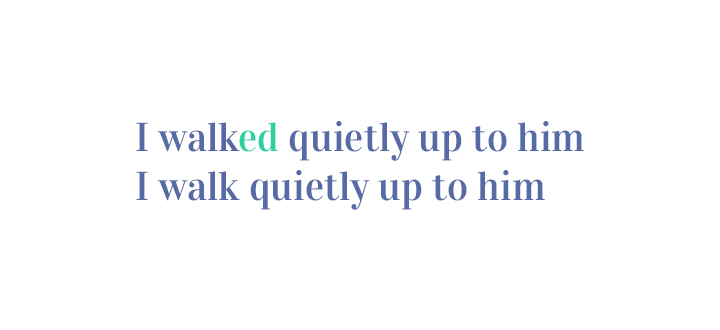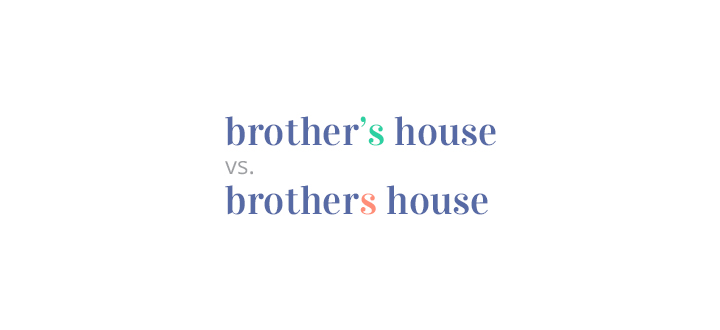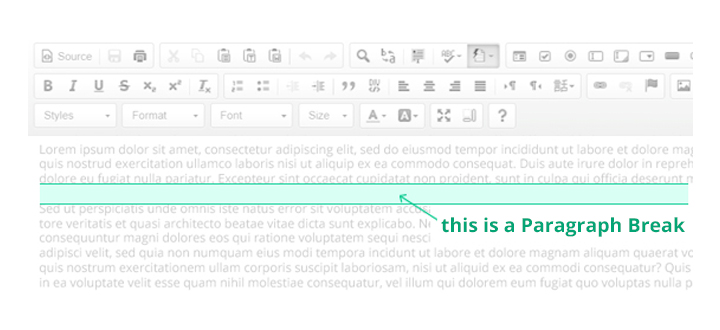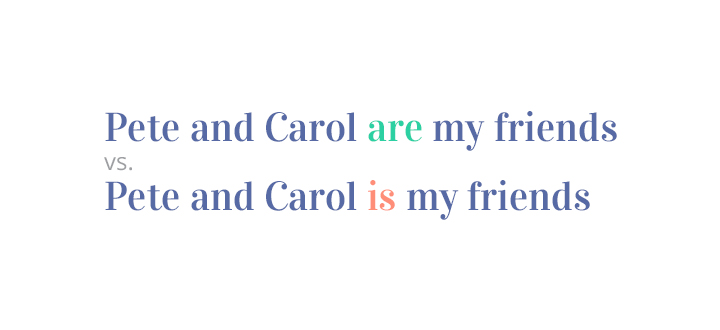Writing
Common Writing Mistakes You Should Avoid
The biggest, most sweeping mistake is to submit a first draft for publication. After typing “The End” on your final page, you may be tempted to consider the book done and immediately send it to the publisher. This is the biggest disservice you can do to your book. Put it aside for a day or two and then reread it. Pretend that you’ve never seen it before and keep an eye out for these common writing mistakes.
Verb Tense
Inconsistent verb tenses are among the smaller errors we frequently find and some of the hardest to fix. Typically, a book is written either in past tense (I walked quietly up to him) or present tense (I walk quietly up to him). Some authors flip-flop back and forth, sometimes in present tense, sometimes in past. If done deliberately (say, for flashbacks), it can be effective, but if it’s done randomly, it upsets the storytelling structure.
Possessives
Another common mistake is the misuse of possessives. The apostrophe-S construction is your friend here. Some authors misuse it or leave it out entirely.
CORRECT: We went to my brother’s house
INCORRECT: We went to my brothers house or We went to my brother house
And speaking of possessives, possessive pronouns don’t need an apostrophe. You would use his, hers, and ours, not his’, her’s, and our’s.
Additionally, please be careful not to use an apostrophe when making nouns plural.
CORRECT: Look at all the horses!
INCORRECT: Look at all the horse’s!
Dialogue Punctuation
Be careful about punctuating dialogue. The best way to learn how is to read published novels. Look at how the dialogue is written. Some things to note:
- Each new speaker gets his or her own paragraph, even if saying only one word.
- Dialogue is surrounded by quotation marks, and the end punctuation almost always goes inside the end quotation marks, like this: “I believe,” said Jerry, “that this is the best I have ever tasted!”
Paragraph Breaks
On the subject of paragraph breaks . . . please use them! We recently edited a 400-page book that was sent as one long paragraph. In addition to breaking up dialogue, paragraphs break up individual topics. Each new topic gets its own paragraph.
Subject-Verb Agreement
Be careful with subject-verb agreement. For example, you would say “Pete and Carol are my friends,” not “Pete and Carol is my friends.” Subjects and verbs have a number: singular or plural. When they don’t agree, the sentence doesn’t work.
In conclusion, the biggest error authors make in submitting their manuscripts is not to have them copyedited and proofread. Whether it’s done by AuthorHouse or by someone you know and trust, have a skilled editor go over your work carefully. You may have written the most important book of the year, but if readers can’t get past your spelling and grammar, your message is lost. If a reader thumbs through your book and finds nothing but mistakes, that book won’t be bought. You owe it to your readers, to yourself, and to your manuscript.
More Resources
Self-publishing empowers you with the choice of how to publish a book. AuthorHouse provides an extensive portfolio of book publishing packages that have helped thousands of writers become published authors.
Download our free publishing guide to get started.
Writing
Outlining and Drafting Your Story
Five Reasons Less is More When It Comes to Beating Writer’s Block
A Short History of Life Writing
Common Writing Mistakes You Should Avoid
The Dos and Don'ts of Writing the Author Bio of Your Self-Published Book
The Difficult Things: Writing About Pain, Grief, and Hardship
Writing About Your Life: Ideas To Help You Get Started
An Editor's Guide to Producing a Compelling Romance Novel
Why You Should Have a Professional Edit Your Work
Mastering the Art of Self-Editing: Essential Tips for Self-Published Authors
The Importance of Professional Editing: Elevating Your Self-Published Book
Unleashing Your Inner Author: Overcoming Writer's Block
The Do's and Don'ts of Self-Editing Your Manuscript
Publishing
Five Self-Publishing Do’s and Don’ts
The Benefits of Self-Publishing
The It’s a Team Effort: How Publishing With Us Works
How To Publish Your Book in Five Easy Steps
Four Common Self-Publishing Roadblocks and How to Overcome Them
Five Tips for a Professional Cover Design
From Brainstorming to Publishing
A Beginner's Guide to Navigating Publishing Services
Book Cover Design: How to Make Your Book Stand Out
DIY Self-Publishing vs. Supported Self-Publishing: What's Right for You?
Self-Publishing a Book in 8 Steps
10 Autobiographies That Will Inspire You
Navigating The Top 8 Book Distributor Services: Pros and Cons
The Ultimate Guide to Self-Publishing
Demystifying Self-Publishing: How to Turn Your Book Dreams into Reality
Designing Eye-Catching Book Covers: A Guide for Self-Publishers
Self-Publishing vs. Traditional Publishing: Making an Informed Decision
Navigating the World of Print-on-Demand: A Primer for Self-Publishers
Distribution Options for Self-Published Authors: Reaching Your Target Audience
Self-Publishing on a Budget: Cost-Effective Tips for Authors
“Mind the gap”: Lessons Learned from Self-Published Authors
Setting Yourself Up for Success: 5 Essential Tips for Self-Publishing
Self-Publishing Platforms: 5 Things to Consider When Making Your Choice
Book Cover Design 101: Creating an Eye-Catching Book Cover
Book Cover Design: How “Founder's Syndrome” Impacts Your Success
From Blog to Book: Turning Your Online Content into a Publication
Overcoming Self-Doubt as a Self-Published Author: Boosting Confidence and Motivation
Marketing
Precision Marketing: Define, Learn, and Create Your Target Audience
Build a Platform: Don’t Overlook Direct Sales
The Perfect Pitch: 5 Ways to Pitch Your Self-Published Book
Joining Book Festivals: 5 Ways To Maximize Your Appearance
10 Reasons Self-Published Authors Should Promote Their Books
10 Reasons Why Authors Should Still Send Press Releases
7 Reasons Why Self-Published Authors Should Go Print Too
A Beginner's Guide to Self-Publishing Success
Marketing Strategies for Self-Published Authors: Getting Your Book Noticed
8 Tips for Establishing Your Author Brand
Unleashing Your Book's Potential: Building Your Audience like a Startup
The Art of Writing Compelling Book Descriptions
Harnessing the Power of Social Media: Marketing Strategies for Self-Published Books
By clicking “Request My Free Consultation”, you are providing your electronic signature, voluntarily authorizing AuthorHouse and its affiliates to contact you using a manual or automated telephone dialing system and send you advertisement or telemarketing messages by email or text/SMS/MMS message to the address and phone number you have provided above. You are not required to agree to this in order to buy products or services from AuthorHouse. You certify that you are over the age of eighteen (18). You’ll get up to ten (10) messages per month. Standard message and data rates may apply. Click here to view our privacy policy.










